
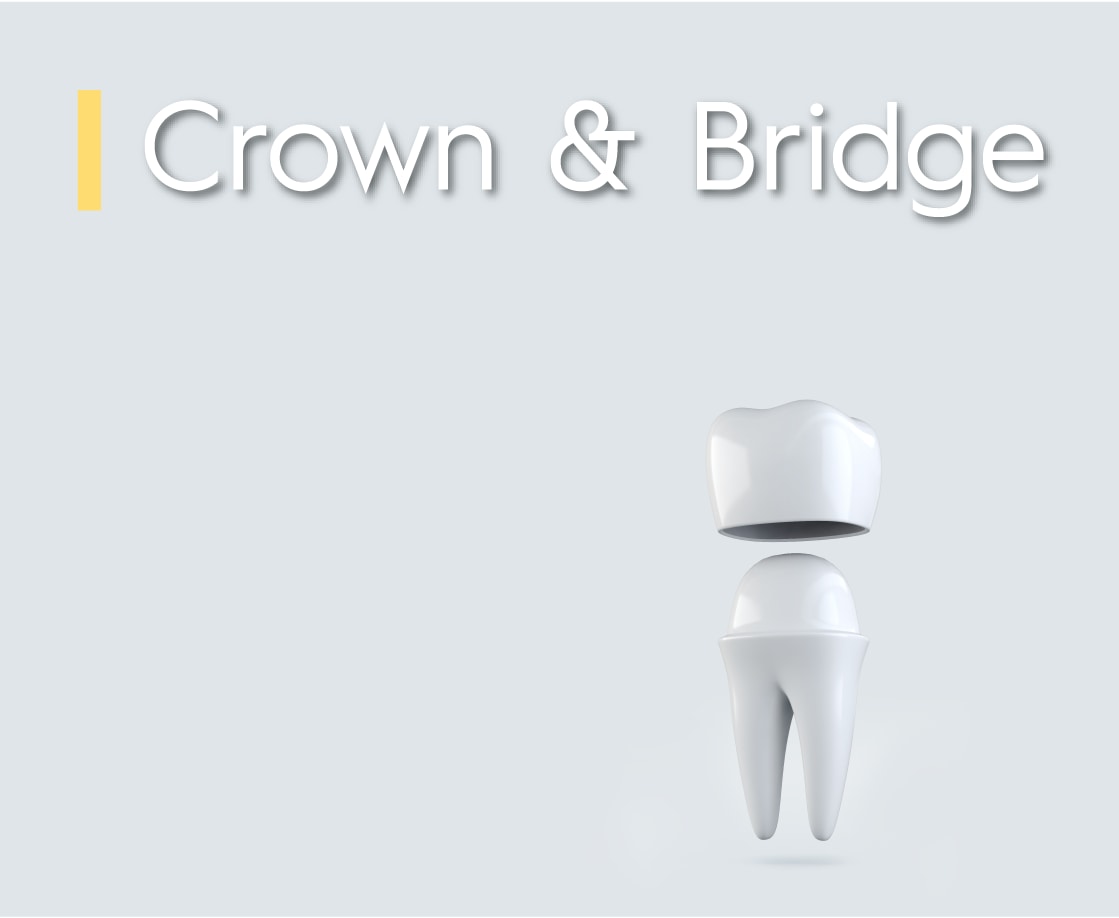
A crown
acts as a 'cap' that fits over the tooth which mimics a real crown. When a tooth is fractured, extensively filled or severely decayed posing a high risk of fracture, the placement of a crown is recommended to strengthen and protect the remaining tooth structure in order to restore the tooth back to its normal size, shape and function.
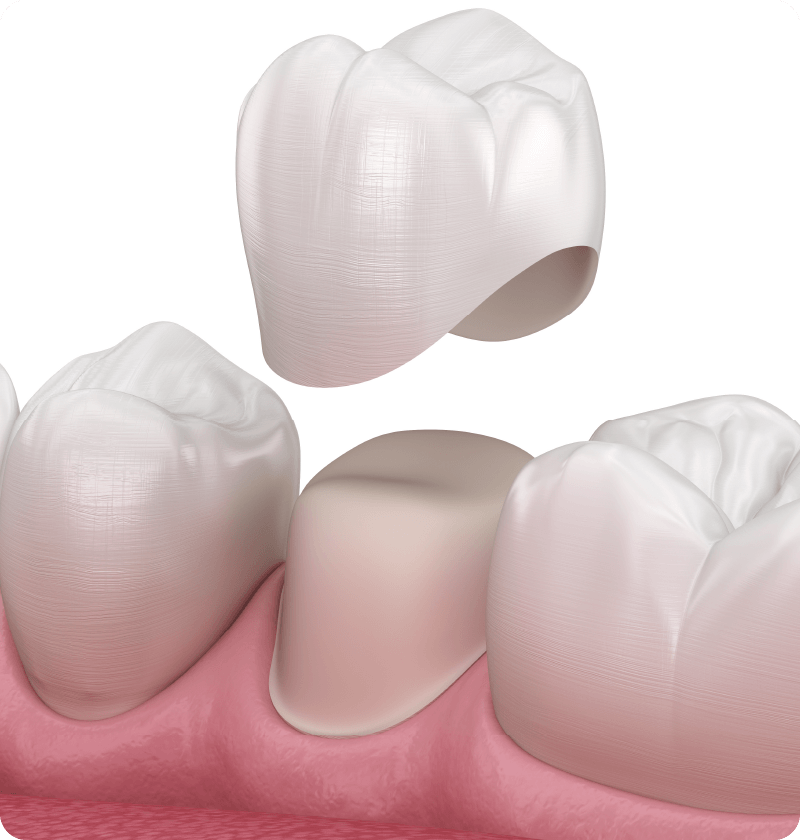
Features
- To protect teeth from fracture. A tooth that has undergone root canal therapy and with a large filling is more brittle. It can be protected from fracture and have its chewing function back when a crown is fitted.
- To restore the original shape and function of teeth
- To improve the aesthetics of teeth, such as colour, shape and size
- To fix a bridge onto the teeth
Materials
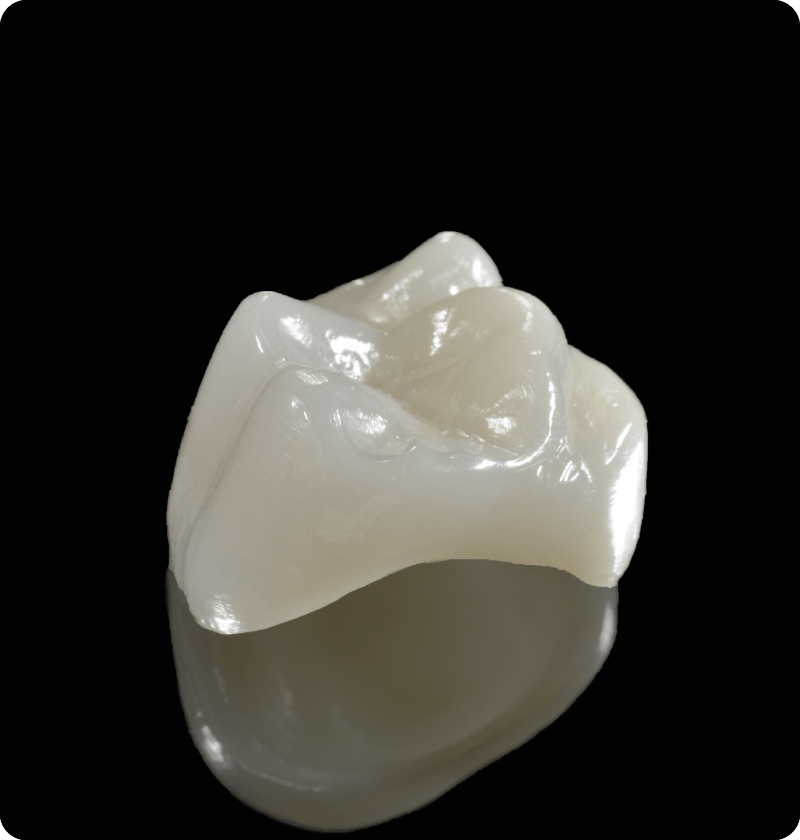
1. Full Porcelain
- Aesthetic - the colour and translucency similar to the natural tooth
- Not easily stained
- Harder and higher in wear resistance than composite restoration
- Brittle and easily cracked; to grind away more of the teeth to provide a thicker material
- Used as tooth veneer or crown; suitable for patients with high demands on the appearance of their teeth

2. Porcelain fused to metal
- Aesthetic – the colour of outer surface similar tothe nature tooth
- Strong and durable because of the alloy base
- Hard
- More tooth substance needs to be removed from the facial surface of the tooth
- Not aesthetic as full porcelain crown: Due to low transparency compared to full porcelain crown. Porcelain fused to metal crown will show the darkened metal margin.
- Used on anterior and posterior teeth
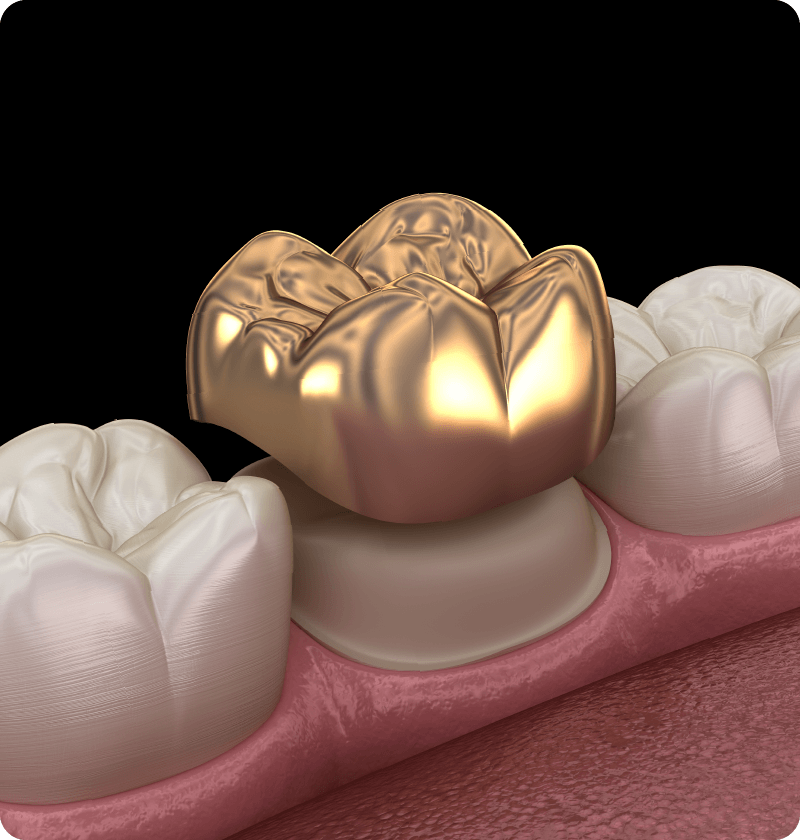
3. Full alloy
- Durable
- High wear resistance
- Metal alloy crown can be quite thin - only a small amount of tooth substance needs to be removed to accommodate it
- Metallic colour, poor aesthetics
- Used at high stress-bearing area where good aesthetics is not a must. For example, posterior teeth

4. Stainless steel
- The stainless steel crown is not custom-made. It is performed in certain sizes
- Since the crown is not custom-made, the procedures of fitting are simple and the time taken is relatively short
- Silvery colour, unesthetic
- Non-stress bearing, not lasting
- Since the crown margin is not closely adapted to the tooth, the margin is prone to accumulation of dental plaque, which causes tooth decay, gingivitis and severe gum disease
- Used on molars of deciduous teeth
Procedures
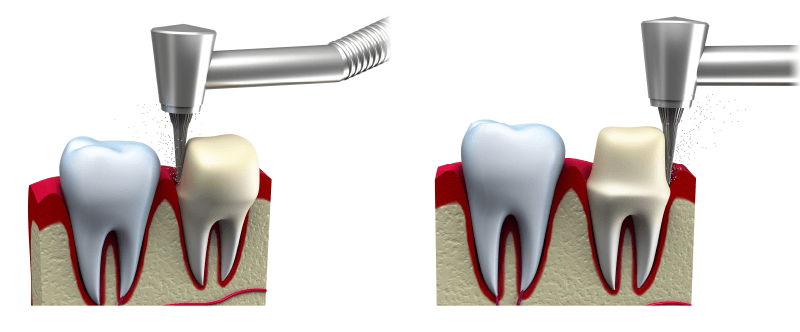

Remove a thin layer of tooth substance on all surfaces of the crown
Take impressions of the upper and lower teeth and record the bite
Construct a temporary crown to protect the prepared tooth
Remove the temporary crown and clean the tooth surface after 1-2 weeks
Cement the crown onto the tooth
FAQ
Crown treatment is suitable in the following cases:
- Fractured tooth with extensive damage
- Severe tooth decay that cannot be maintained by fillings alone
- Weak tooth texture following root canal
- Original denture does not fit / the bridge becomes loose
- Dissatisfied with the appearance of traditional denture and want to improve side effects such as blackened gums
- Poor dental quality with enamel decalcification, fluorosis and other problems
- Tooth staining with tetracycline
- Contact the dentist if the temporary crown dislodges, since it can affect the fitting of the future crown
- During the grinding process, the pulp may be irritated or infected while the teeth may feel sore and weak. If the sensitivity persists or worsens, please contact the dentist immediately for treatment
- Initially, you may notice a difference between the new crown and the original teeth, but will soon become accustomed to it
- Please keep the teeth and gums clean and visit the dentist regularly in order to maintain good oral health
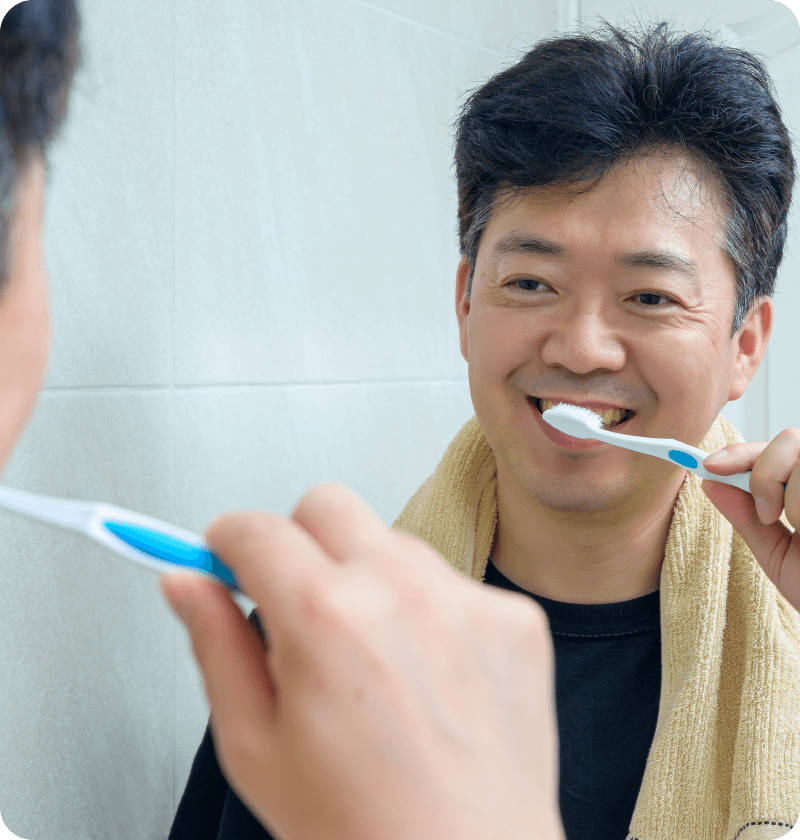
Until the permanent denture crown is ready, precautions should be taken to prevent the temporary crown from coming loose:
- Avoid sticky or chewy foods, such as chewing gum and caramel, which may grab and pull out the crown
- Avoid using temporary crowns to chew food and try to shift most of your chewing to the other side of your mouth
- Avoid chewing hard foods which may break off or dislodge the crown
- Brush your teeth as usual and clean well



 Clinic Location
Clinic Location



